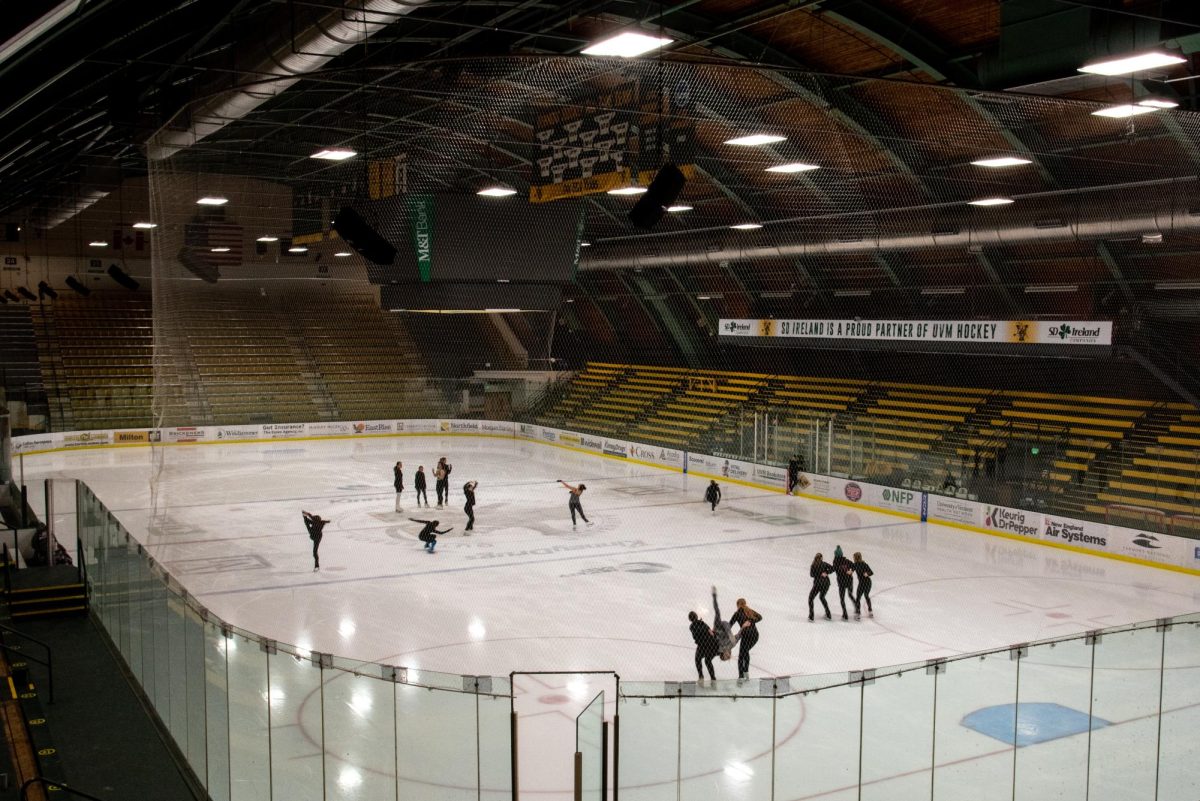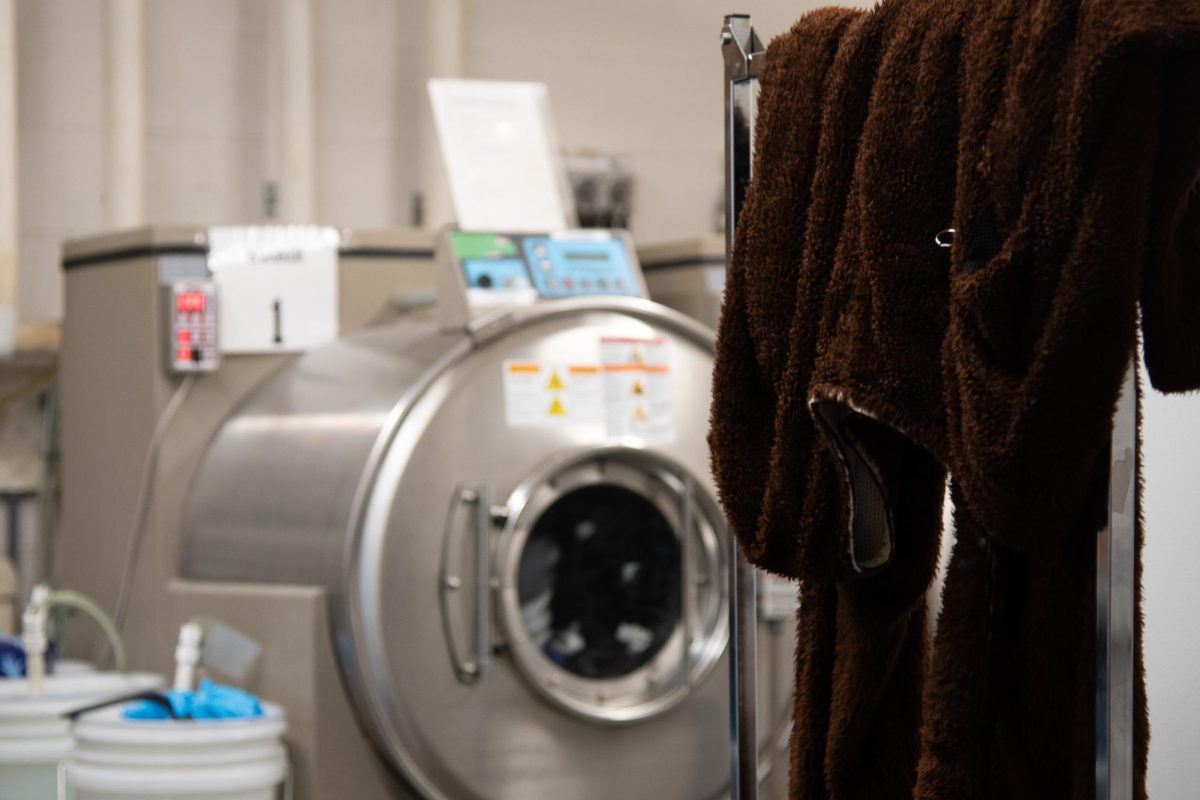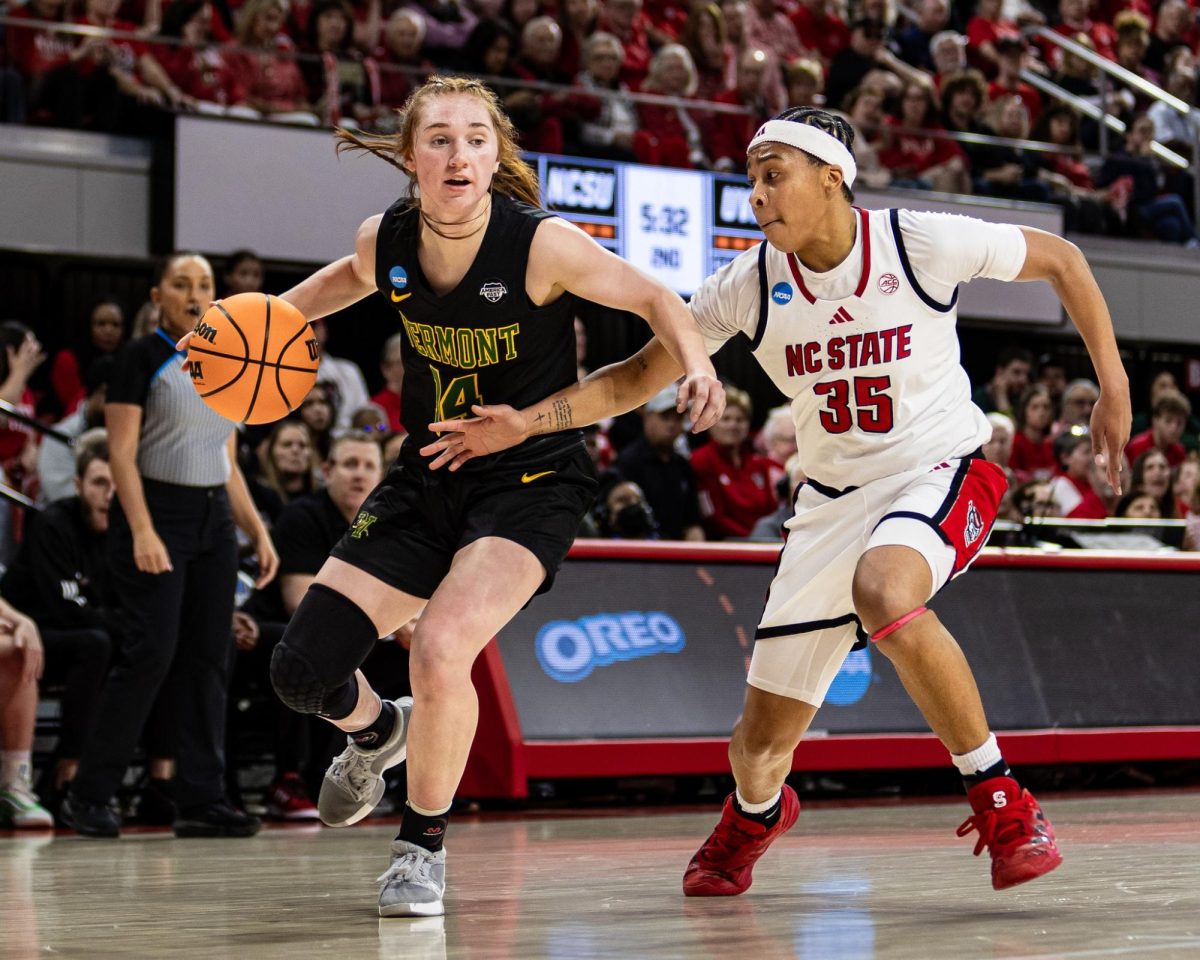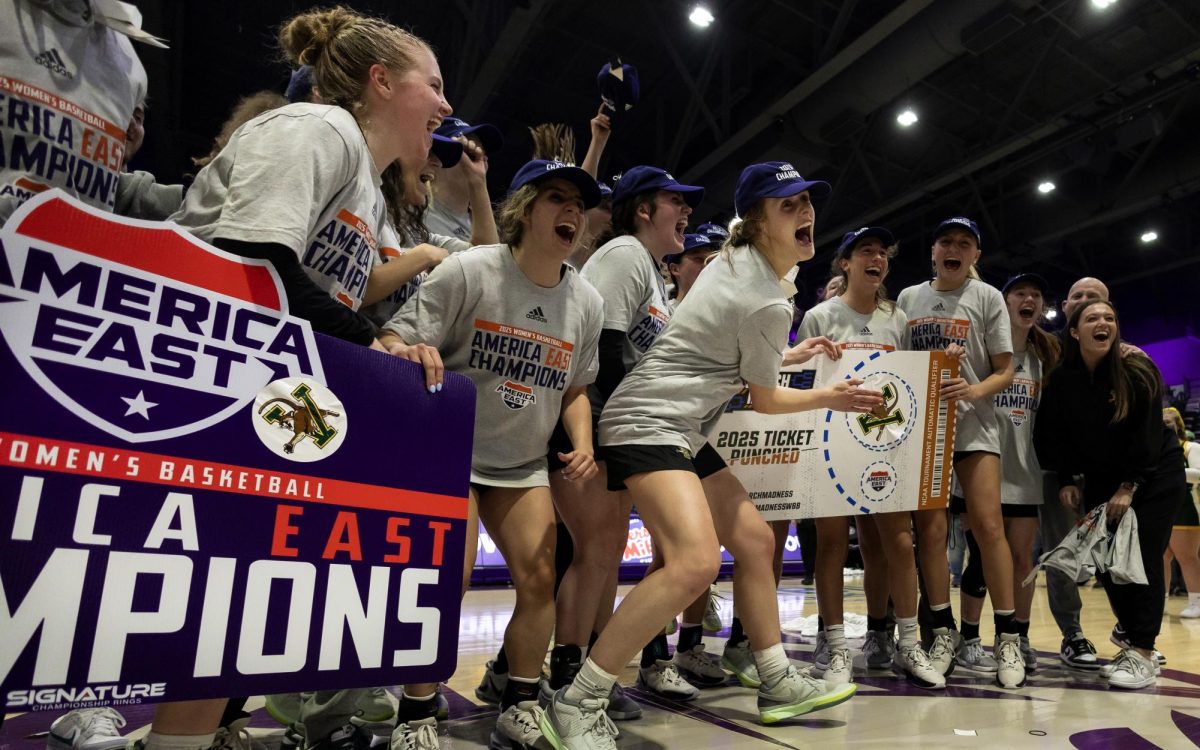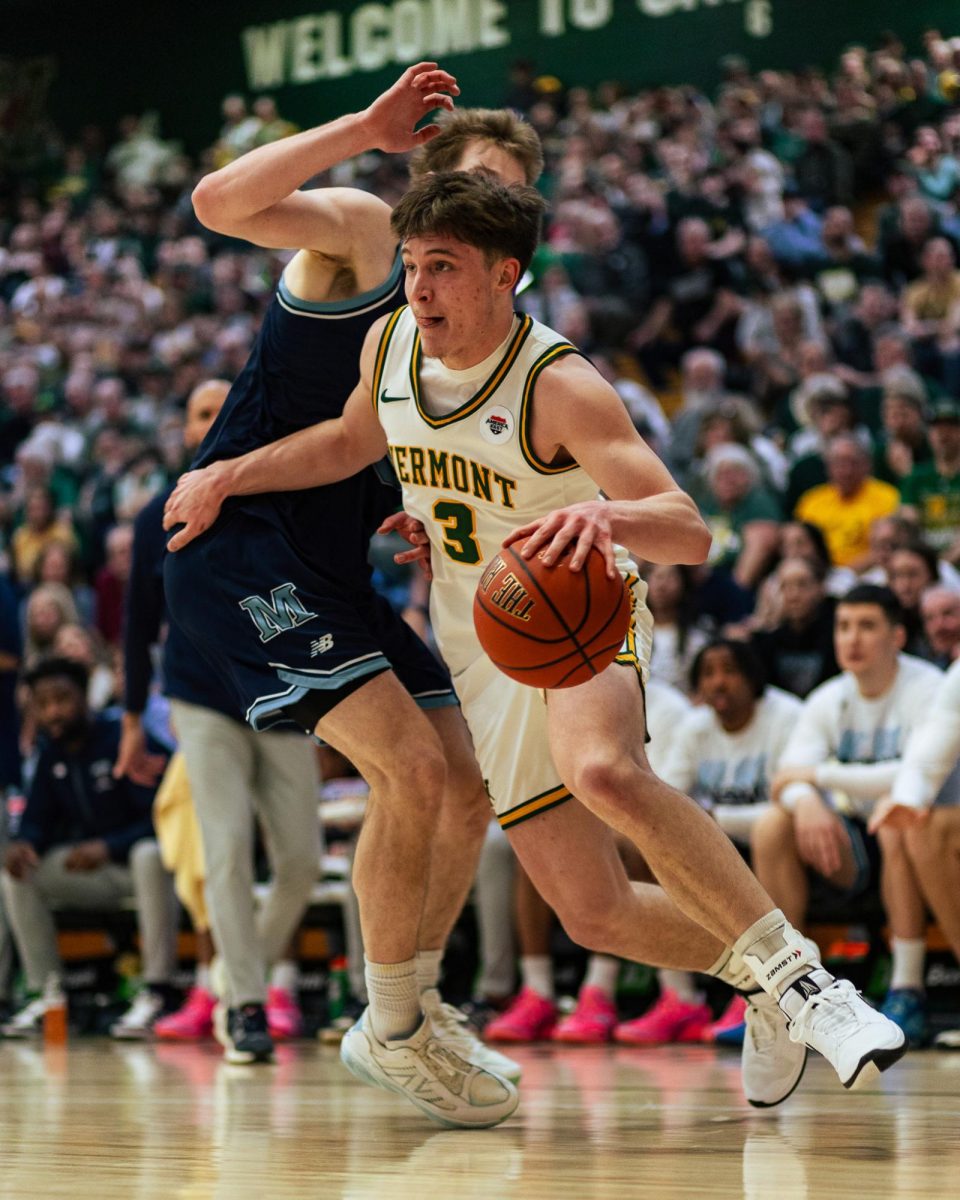The NHL Players Association recently announced that there would be a new format for the NHL all-star game, yet another example of professional sports being increasingly focused on entertainment value.
Now the all-star game will be a three-on-three game instead of the traditional five-on-five.
Additionally, the all-star teams will now be based on the four divisions instead of the two conferences.
The NHL has already made the switch to the three-on-three regular season overtime format, an extension of the four-on-four model that they used last year.
Now there are no ties. If neither team scores in the extra session the game goes to a shootout.
The NHL is also discussing making either the nets bigger or the goalie equipment smaller.
Similar rule changes in other sports have been heavily biased toward helping offensive players, much like these recent changes in the NHL.
In the NFL, quarterbacks and teams in the are breaking passing, receiving and scoring records left and right.
For example, Denver Broncos quarterback Peyton Manning recently passed Green Bay Packers legend Brett Favre for most all-time passing yards.
The record for most touchdown passes in a season was set by Peyton Manning in 2004, broken by Tom Brady in 2007 and set again by Peyton Manning in 2013.
The previous record held by Dan Marino had stood since 1984.
Drew Brees and Aaron Rodgers have also flirted with the record a couple times themselves over the past decade.
Granted these are some historically great quarterbacks we are watching right now, but if all of these records continue to get broken, is it really a personal triumph or just the meticulously planned materialization of offense that the league is trying to create with the tweaking of the rules?
The NBA implemented the three-point shot in the late 1960s to increase scoring output.
More recently the NBA has put more referee emphasis on hand-checking and other defensive fouls that make it easier to score.
The same trend of referees leaning toward the offensive end can be seen in the NHL.
In the NHL, there has been a growing number of slashing and interference calls that would have never been called a decade or two ago.
The NFL’s referees have also taken part in this trend, with referees calling more penalties for hitting a defenseless receiver, pass interference and defensive holding than ever before.
The offensive protection has grown to the insanity that some games it seems quarterbacks have become exempt from any contact that their contact sport tries to give them.
It’s not helmet-to-helmet hits that scare the policy makers; it’s the monetary hit on the defenseless Nielsen ratings system that they truly are looking to avoid.
All the leagues say player safety and replay technology has led to these trends.
However, in reality, all the leagues really want is more goals, touchdowns and buckets.
They want to make the game more exciting and compelling to the infrequent fans by providing more offense.
The result is what we are watching, particularly in the NHL.
Today, sports barely resemble what they once were.
We are now watching a watered-down version of the original product. Today’s sports are Diet Coke.
Anyone with a stake in the athletic business is aware that breaking records brings allure to games that otherwise might have none.
Thus, they continue to push for more scoring and higher numbers.
Gone are the days of fans worshiping run-stuffing middle linebackers, beefy rim protectors, and guys that would layout to block a slapper from the point.
Gone are the days of fans going to games not to see a high scoring shootout, but rather hoping to see Donald Brashear and Tie Domi drop the mitts and start throwing haymakers.
It’s truly sad that defensive intimidation is entering the realm of nostalgia.
For the Stanley Cup Playoffs, the NHL switches back to its original five-on-five sudden death format with no shootouts.
Implicit in this switch is the league admitting through action more than words that the regular season format is a goal-hungry, money-grabbing gimmick and that five-on-five is the way hockey games should be decided.
Retired players from every league refer to today’s players as “soft,” and compared to the games they played. They’re right.
I understand we have to attract new fans to the sports that we love, but at what point do we draw the line?
Professional sports are made possible through their popularity, but the price paid for that attention should not be the sport itself.
A fan that doesn’t appreciate a tightly-knit defensive battle is a fan that neglects half the sport. This type of fan is a fan whose attention is not worth seeking.


